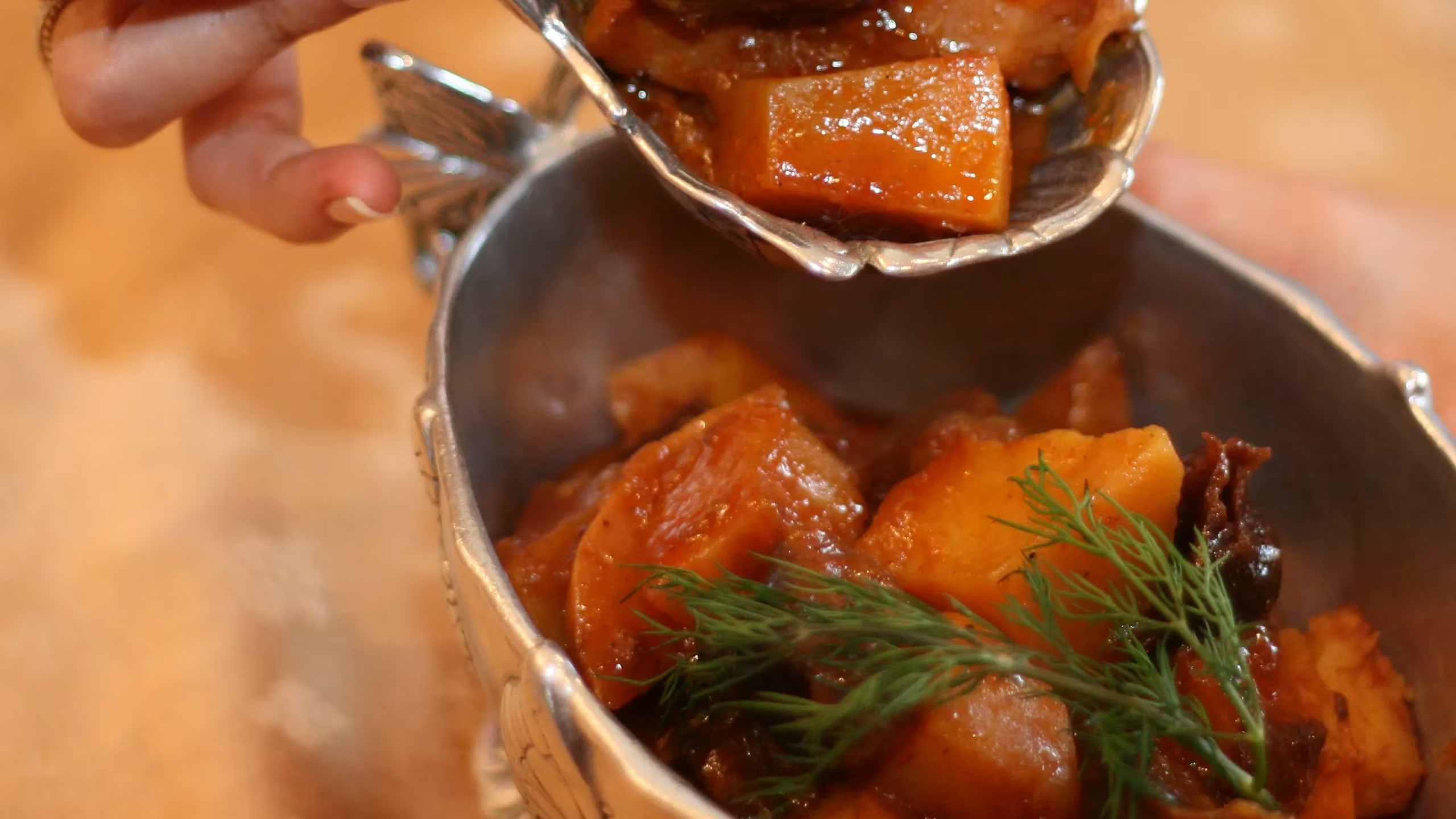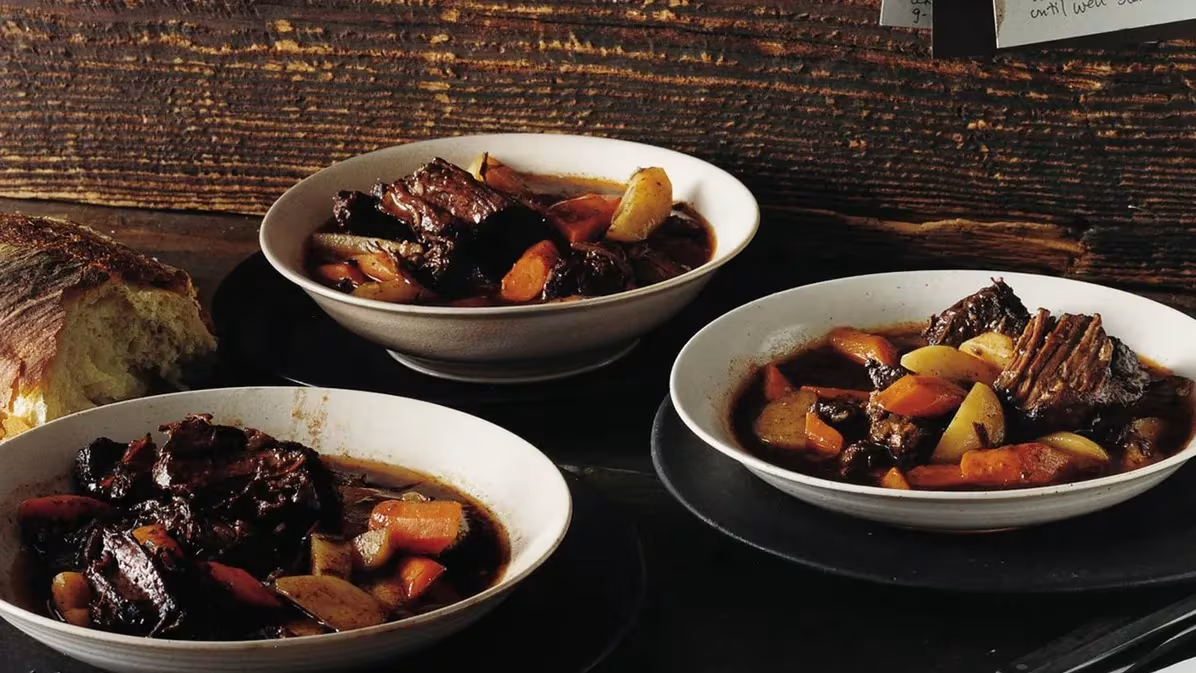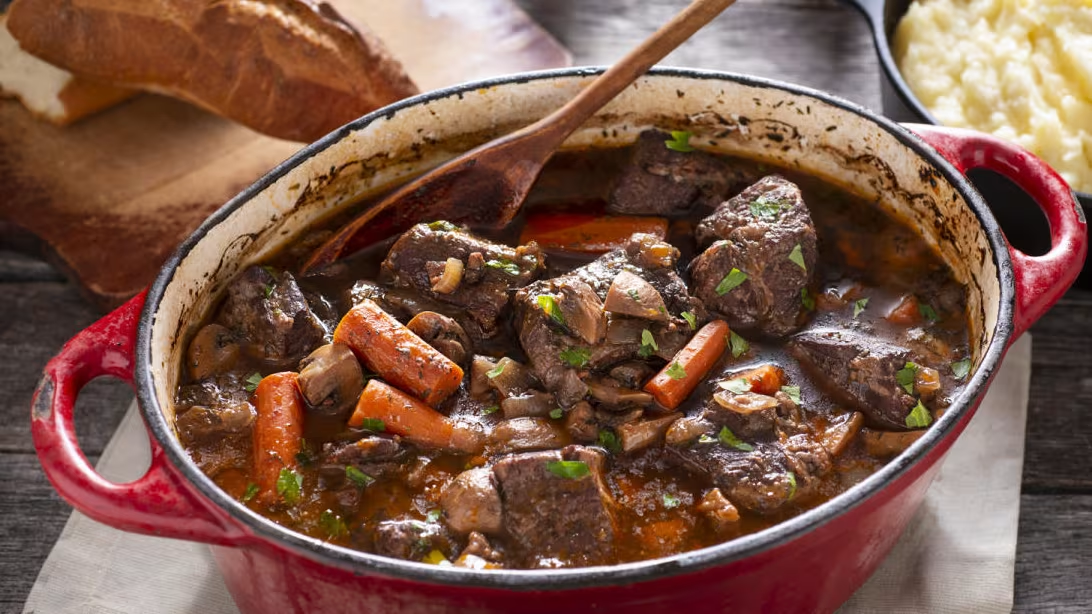
Delicious Waterblommetjie Bredie Recipe: A Taste of South African Comfort Food
Written by Jessica Lopez
Published at 06-11-2022
Edited on 03/24/2025 | 08:43 AM
Main-Course RecipesCourse: Main Course
Cuisine: South African
Difficulty: Moderate
Servings
4-6 servings
Prep Time
15 minutes
Cooking Time
1 hour
Total Time
1 hour 15 minutes
Fat
12g
Protein
20g
Carbs
30g
Calories
350 kcal
Welcome to a delightful journey into South African cuisine with our Waterblommetjie Bredie recipe! This traditional dish, also known as waterblommetjie stew, showcases the unique flavor of waterblommetjies, or Cape water lily buds, which are a true seasonal treat. If you're looking to explore authentic South African flavors, this is the perfect recipe to try. Originating from the Western Cape, this hearty stew combines tender meat, aromatic spices, and the earthy taste of waterblommetjies for a comforting meal that warms the soul.
In South Africa, waterblommetjies are cherished for their distinctive taste and are typically harvested in the late summer to early autumn months. When simmered in a rich gravy, these buds become a flavorful addition to the tender meat, usually lamb or beef, creating a dish that's both satisfying and wholesome. This recipe is not just about the ingredients; it’s about sharing a piece of South African heritage with your loved ones.
Whether you’re cooking for a special occasion or simply want to enjoy a cozy dinner at home, this Waterblommetjie Bredie will impress your family and friends. It pairs beautifully with fluffy rice or traditional pap, making it a versatile dish for any table. Grab your apron, and let’s dive into this scrumptious recipe that celebrates the vibrant flavors of South Africa!.


